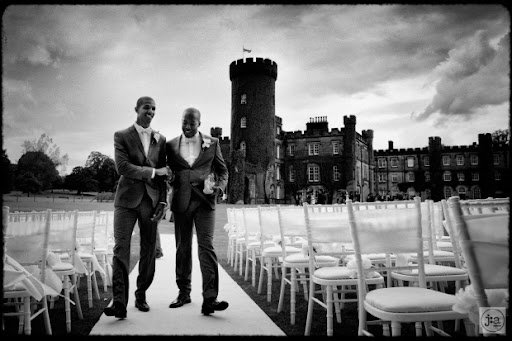
Introduction to Camera Filters
What is a camera filter? The technical way of thinking about them is to know that they are usually translucent objects that change the light entering a camera through its lens. The reason to change the light varies, but usually filters are meant to alter the color or light intensity, contrast, sharpness or flare in the final photograph. Most photographers will normally use a filter to get a desired look, and few use them simply to create a special effect.
Before getting into any discussion about the basic types of camera filters it is significant to note that the use of a filter often means changing camera settings to accommodate it. This is something that requires a bit of a "learning curve" because it works in a way opposite or contrary to traditional photographic techniques. For instance, many filters absorb light, and this makes a difference in the length necessary for the proper exposure. Most filters have a numeric measurement attached to them which helps the photographer to determine the alterations necessary.
What are the most commonly used filters? The standard array will include Neutral Density (ND), Graduated (ND), Polarizing, and often Ultraviolet or Infra-Red filters too. Most can be easily applied to both color and black and white photography to create an interesting array of final looks.
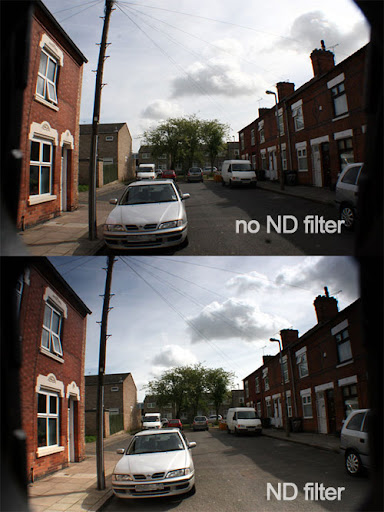
Photo by zaphad1
The Neutral Density filters are used primarily to allow the photographer to hold their aperture in order to keep the photograph crystal clear through a significant depth of field. They diminish the intensity of the light and absorb it more evenly throughout the entire spectrum. They permit the photographer to change their exposure without reducing the aperture. They come in different densities and most photographers opt to use them in combination with others to achieve their goals.

Photo by BenFrantzDale
Color Graduated ND filters are not of uniform transparency because they are applied over the lens when one part of scene needs to be toned down for the exposure settings. When the photographer has limited control over the light in the setting the Color Graduated NDs will allow them to easily avoid over and underexposures by exposing the areas properly. They are available in an array of gradients and colors and a photographer must usually practice with them to discover how to use them best.

Photo by chripell
Finally, Polarizing filters are a tool used to add color saturation and to reduce reflection. For example, the photographer who is snapping a photo of a modern city skyline with a brilliant and cloudless blue sky as the background might find some unattractive glares from the building windows, and that the colors are reflecting upon one another and appearing washed out. The Polarizing filter would almost eliminate the glares and allow the sky to become a richer and deeper blue thanks to the control of vibrancy through the filter.
For those of you who like to retouch your images in Photoshop, check out Photo Designer. Photo Designer is a suite of actions that include a set of camera filter simulations. You can acheive similar results as above without the physical filters.
7 Reasons Some Entrepreneurs Don’t Meet Their Potential @MediaNovak
No one ever said being an entrepreneur is easy. Creating your own business and career path is tough - and succeeding in this lifestyle seems to require an elusive mix of traits.
After all, most of the entrepreneurs I know are intelligent. They are hardworking and usually at the top of their given field. However, all too often I've watched these smart people go from thriving in the workplace to struggling as a business owner.
There are numerous reasons why some entrepreneurs make it big, while others flounder. Here are seven key reasons why some entrepreneurs fail to live up to their potential.
Follow the Link to Read the Whole Article!




Wednesday, September 26, 2012
12 Ideas To Help You Achieve The Most With Your New Digital Camera @MediaNovak
You may have recently purchased your first digital camera, or a replacement. It could be a light, take-anywhere compact or maybe your first DSLR. Whatever you bought, you made a substantial investment to record family events and fun with your friends or to pursue your passion to experience the artistry, creativity and fulfillment only photography offers. We want you to become more than just another person with a camera; and the following 12 ideas should help you achieve more with your new camera, and become a true photographer.
1. Read the Manual.
Don't take another picture until you've read and studied your camera's manual thoroughly!! You can learn more about your camera faster and from a single source when you take the time to read every page. Don't just read the manual; study it like a textbook. As you learn about each feature and function, find it on your camera. Turn the dials, work through the menu, open and close the flip-up flash, etc. Memorize the positions of the controls on the exterior of the body, so you are able to reach and activate them with your eye to the viewfinder.
Follow the Link to Read the Whole Article!
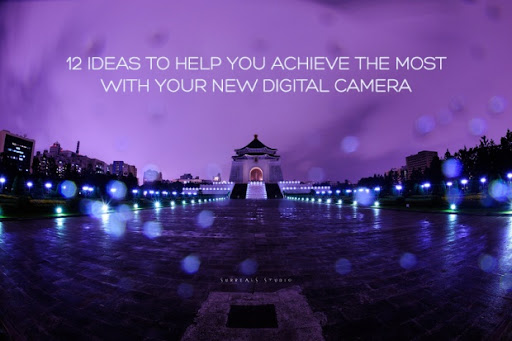
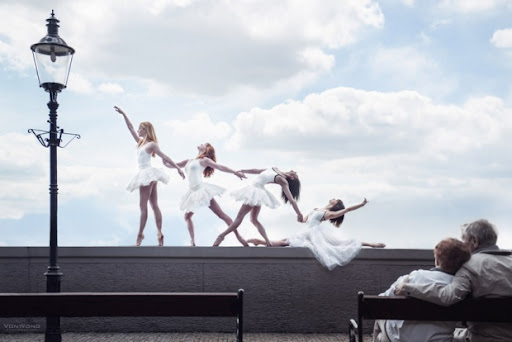
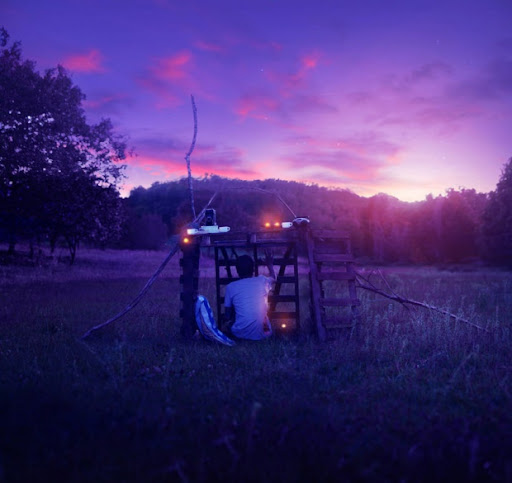
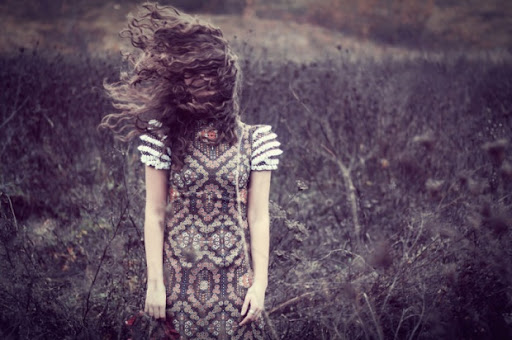
Tuesday, September 25, 2012
Take Good Photos Of Loved Ones
This post won’t teach you much, it’s meant as a reminder. A reminder to take good photos.
Right now you are likely reading this post on your home computer or work computer or maybe even a phone or tablet. I would put odds that 99% of you are going about a fairly routine day and are no more than 20 miles from your home. You’ll likely see your family at some point today and maybe even some friends if you’re lucky. As you are reading this blog post, life is probably pretty decent and maybe comfortable.
It’s that comfort that lures us away from thinking ahead, to what we want from now, in the future.
A good friend of mine passed away this month but this isn’t about her or me. It’s about you and your family and friends.
You see, as I am processing the grief, I did what many of us do; I went back through old photos, searching for happier times. Big smiles. Days at the beach. The fun stuff to dull the pain.
And I found it (friendly reminder: BACKUP YOUR PHOTOS TODAY!). A day spent filing through 150,000 images in Lightroom and what I found were 212 images of my friend. I had many more from the days before digital.
I’m not looking for pity nor sorrow. Life really is good.
I’m typing tonight to remind you of how fleeting life can be and of the gift we have to freeze moments with our cameras. You probably haven’t taken a picture of your loved ones in a while, or maybe you have. The constant hum of daily life often blocks out the reminders to realize how fortunate we are.
One thing about which I’m kicking myself tonight (but not too hard is that I didn’t take better pictures of my friend. I am happy with the images and memories that are contained therein. But I think back to her last birthday when she most likely would not have wanted a studio shot taken (although she always was very smiley).
At the time I thought, “Oh, this point and shoot I’m testing will work okay.” Well, not every shot was in focus and there are plenty of red eyes. It’s better than nothing.
But I wish I had gone to my room, grabbed my expensive camera and flash and taken one solid portrait of her that day. For her family, for her friends, for me. And that leads me to today’s reminder and tip:
Take Good Photos Of Loved Ones
At your next family gathering, bring your best camera and your best lens. The next time you go out for drinks with a friend you haven’t seen in five months, bring your camera. Take the photos you normally take, the full body ones, the campy ones, the highly posed ones. But also make an effort to snap one solid portrait. Natalie has a good post on helping take natural looking portraits.
Not just okay photos, but one good photo of your loved ones, at least once a year. Take the time.
Photos Are Cathartic
One day someone you love will no longer be here and all you will have are the memories. I know this sounds obvious, but we often forget it in our day to day lives.
Their friends and their family will be happy to have a good photo to remember them by. It’s those photos of happier times that can help us along the process of working through our tears. It’s been a week and I’m preparing images to share with friends. While there are still tears, there is more joy in my heart when I look at those photos.
Time heals. Photos help too.
You just have to remember to cherish your time with those you love. And once in a while, remember to take a good portrait for when they aren’t so close.
———–
In loving memory of Sheri.
Post originally from: Digital Photography Tips.
Check out our more Photography Tips at Photography Tips for Beginners, Portrait Photography Tips and Wedding Photography Tips.
Take Good Photos Of Loved Ones
Li Hui




Li Hui is a self-taught artist working in China as a professional photographer since 2009. His photographs boast many visual effects like blur, or overlay light effects as against the light or flare, which accentuate the lightness and poetry of his works.
More picture here.
Join us on Facebook or Twitter
Wippo Toy by Teodoru Badiu
Wippo, is my upcoming resin toy produced by CircusPosterus. Wippo is 5 inch tall and there will be a few different colorways released.












Visit Teodoru Badiu
Monday, September 24, 2012
Saturday, September 22, 2012
Photographing Buildings [Composition Tips]
A Guest Post by Michael Toye
I am a firm believer, at least with photography, that what you get back is directly related to the effort you put in. As with all activities, it's certainly not linear and I am the first to admit that you can tip the scale in your favor to achieve some great architectural images armed with only a few basic techniques.
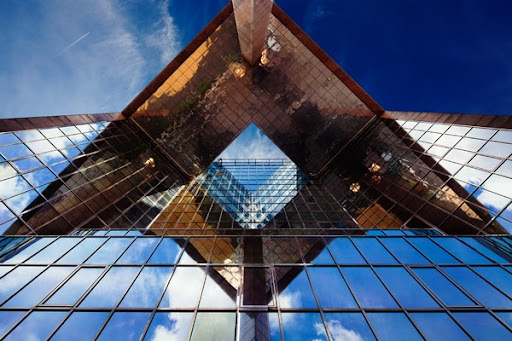
For me, I think the allure of shooting buildings started as a tourist. We all do it, albeit some with less style and grace than others – yes you leaning tower of Pisa holder up'ers, I am talking about you! So there you are, standing in front of an awesome and aged icon of a building and with little thought other than fitting the structure into the LCD's frame, you snap away. I know I did. The problem is that the hastily captured image is more than likely just going to be just that, a snap.
I have a mental checklist i go through when i pass a building that catches my eye, so the following techniques apply to all aspects of photography really but, specifically for architecture, you will see significant improvement.
Why?

Most of the time this question of why you are going to take a picture or rather what caught your attention will be obvious. It's pretty simple when your building is freakishly tall, like Canary Wharf Tower in London, or a pier that stretches to the horizon which, in the UK, would be located in Southend. I know you all are thinking this is a little bit redundant, but far from it. Consciously visualizing what you thought interesting about this particular building will help you work out how to compose a shot to capitalize on that feature.
Features aside, there are a couple of basic errors to avoid; keep horizons and horizontals level, verticals vertical and ensure the image is sharp. You might disregard some or all of these, but always initially frame with these in mind because no image looks more unprofessional than a wonky or blurry one!
The most used compositional styles employed by architectural photographers will be one of the following.
Leading Lines

Perspective and depth are the usual drivers for leading lines, but the more obvious definition is a scene that directs the viewer's gaze along an intended path. The elements in the image above – escalator, grooves in the roof and wall and the 'ladder' in the distance – all lead your eyes up and toward the exit. The curvature of the 'grille' in the roof serves as the final area of focus. My intention with this image was for the viewer to participate in a small journey. I also chose this perspective, with the distorted view of the escalator, to provide the viewer a sense of scale; especially relevant as most will not have visited this particularly grand London Underground station.
Dominant Facias
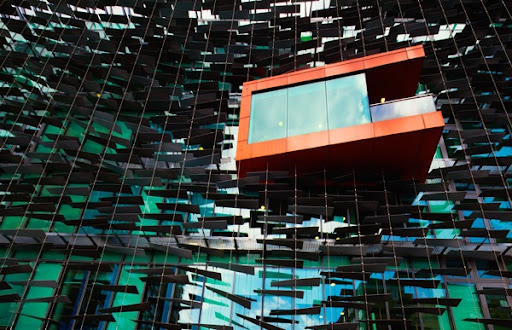
This building is pretty ugly and it is closely surrounded by other non complimentary buildings… apart from this elaborate design on the front of Moorfield's Eye Hospital. There is so much glass in the balcony and facia, the light play is amazing. Another compositional element that everyone bangs on about, and quite rightly, Rule of Thirds; the invisible tic tac toe shaped grid where you place objects of focus along its lines and intersections. Well it works! You should always consider it when framing a scene, even if you decide otherwise.
Specific Detail(s)

I love spiral staircases. They are an awesome detail in buildings and a contrast to the usual straight lines and angles found in architectural images. This one is in Queen's House in London. There's very little context here apart from the stair case itself. You have no idea where it is or what the rest of the building might look like.
The Contextual Environment
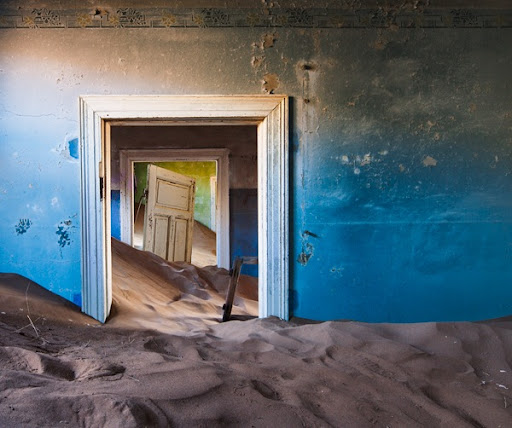
These doorways connect adjoining rooms in a family dormitory. This building, amongst others, is to be found in Kolmanskop, Namibia. A long since abandoned town that served the families and workers at the local diamond mine. The sands of the Namib desert have invaded all of these houses and, along with the peeling wallpaper, frames, and faded walls contribute to a real sense of their abandonment.
Symmetry
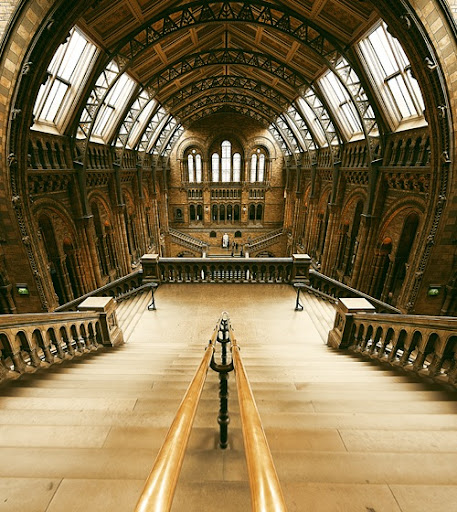
I chose this straight down the line composition, at London's Natural History Museum, to give a real sense of depth. The power of the image is in the symmetry and off horizontals and verticals would have a serious impact.
Oh yes, and remember to look up!
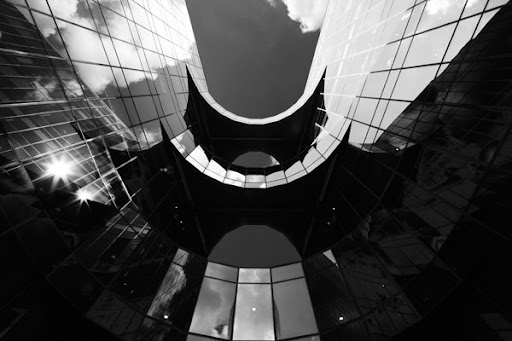
Michael Toye is a professional photographer, based east of London in the UK, specialising in architecture and landscape. You can follow Michael’s images on his blog or contact him on Facebook.
Post originally from: Digital Photography Tips.
Check out our more Photography Tips at Photography Tips for Beginners, Portrait Photography Tips and Wedding Photography Tips.
Photographing Buildings [Composition Tips]
5 Accomplished And Awarded Wedding Photographers Share Their Insiders’ Secrets @MediaNovak
You've probably read and heard it multiple times, but one of the most important success tips for aspiring wedding photographers is to seek the guidance of a mentor. Because of PhotographyTalk's growing reputation in the digital photography world, it has been able to communicate and establish relationships with some of the world's finest wedding photographers.
PhotographyTalk is eager to share their insights with you, to inspire and drive you towards your goal. Once you have a better understanding of the thinking and perspective of these highly successful wedding photographers, you'll be more likely to find the right mentor for you, locally.
Jasmine Star: Within one year of becoming a wedding photographer, American Photo magazine voted Jasmine one of the top 10 wedding photographers. During 2010, Photo District News named her as one of the top 10 most influential photographers.
Follow the Link to Read the Whole Article!

